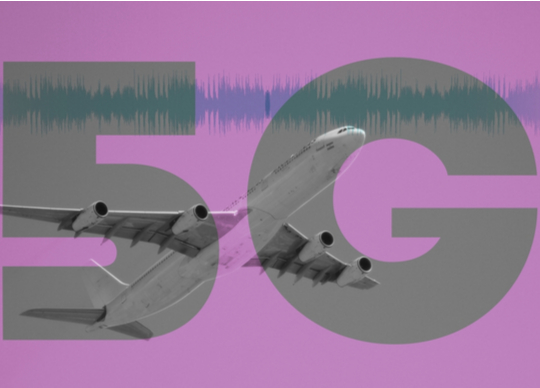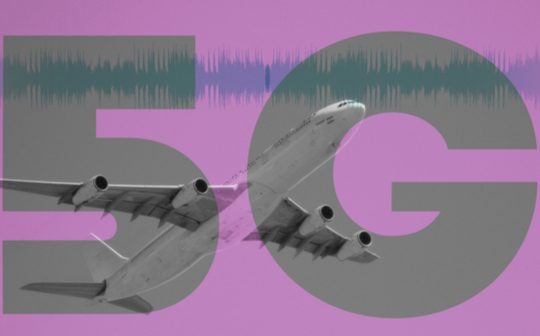
The Australian Mobile Telecommunications Association (AMTA), the peak national body representing Australia’s mobile telecommunications industry, notes recent media claims from the aviation industry alleging the potential for 5G services to adversely impact radio altimeters used to assist with landing aircraft.
AMTA is disappointed that the aviation industry has chosen to play out issues regarding altimeters and potential 5G interference in the public domain after failing to engage in the ACMA Technical Liaison Group (TLG) on this matter. The aviation industry has yet to provide sufficient evidence in support of its claims that 5G services will interfere with radio altimeters. The aviation industry has also not provided any detail on the technical specifications and performance characteristics of altimeters in service after multiple requests for them to do so.
Yet, the aviation industry continues to use emotive language and assert, without any evidence, that aircraft safety is at risk from 5G services that may use the 3.4 to 4.0 GHz bands. This approach is not helpful in resolving this matter and only serves to stoke public fear about an as yet unsubstantiated problem.
This issue was first raised by the US aviation industry group RTCA in a study published in October 2020. Prior to this the US FCC had found that the technical rules and the guard band between 5G and radio altimeters was “sufficient to protect (aviation) services in the 4.2-4.4GHz band.”
As yesterday’s announcement and the released report stated “RTCA avoided giving detailed, non-aggregated deployment information on radio altimeter models currently being used and only some anonymised information was provided publicly by RTCA’s research partner in late 2021.”
AMTA, Head of Spectrum and Network Infrastructure, Chris Coughlan said, “The aviation industry in Australia has likewise refused to provide detailed specifications of radio altimeters in service in Australia to the ACMA TLG.”
Among other findings, the GSMA report highlights that key studies used by the aviation industry in support of their demands for interference mitigation measures from the mobile sector are “based on highly pessimistic, overprotective and theoretical operational scenarios that together would not occur in live radio network implementations”.
“The mobile industry stands ready to mitigate any real issues that can be factually demonstrated by the aviation industry. However, at this time the aviation industry is refusing to share any detailed technical information so that a wider audience of radio experts can examine the real data and assess the probability of any potential hazards”, Coughlan said.
Many in the aviation industry speak of worst-case scenarios but do not disclose the assumptions under-pinning these worst-case scenarios. AMTA would like to start with the facts and evaluate the evidence scientifically.
AMTA note that Japan, one of the countries that has implemented mitigations, has only done so in the 4-4.1GHz band, close to airports. This 4-4.1GHz band is not intended for 5G use in Australia, and serves as an additional guard band to protect radio altimeters, meaning Australia has over-achieved on the Japanese levels of mitigation. The aviation industry conveniently fails to mention the Japan example.
AMTA suspect that the aviation industry’s worst-case applies to very old technology that should have been retired years, if not decades, ago. AMTA is aware of a number of updated altimeters coming to market with superior filtering capabilities that the aviation industry would be wise to consider acquiring if they remain concerned about the, as yet unsubstantiated, impacts of 5G on radio altimeters.
AMTA also note that no examples of interference have been shown, in any markets. All the examples cited have been equipment failures, including the much-quoted Turkish Airlines flight into Amsterdam Airport in 2009.
The mobile sector understands that aircraft and passenger safety is paramount and notes that the examples referred to by the industry only serve to underpin our concern that outdated equipment should be replaced by the aviation sector to ensure ongoing safety of aviation personnel and passengers.
Coughlan concluded, “The Government agencies in Australia such as the ACMA and CASA are fact-based bodies that rely on clear evidence and science in establishing risk. The aviation industry has yet to contribute to this fact-based process, instead resorting to emotive rhetoric which may only serve to deny Australian businesses and consumers of the benefits of 5G services around airports. “






